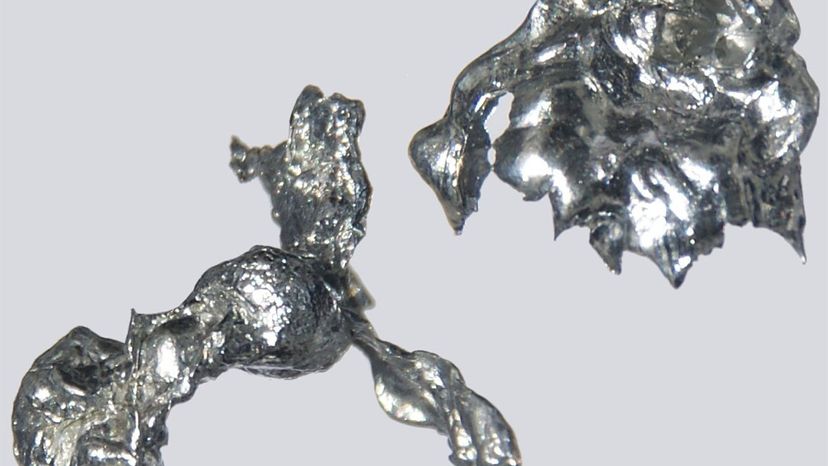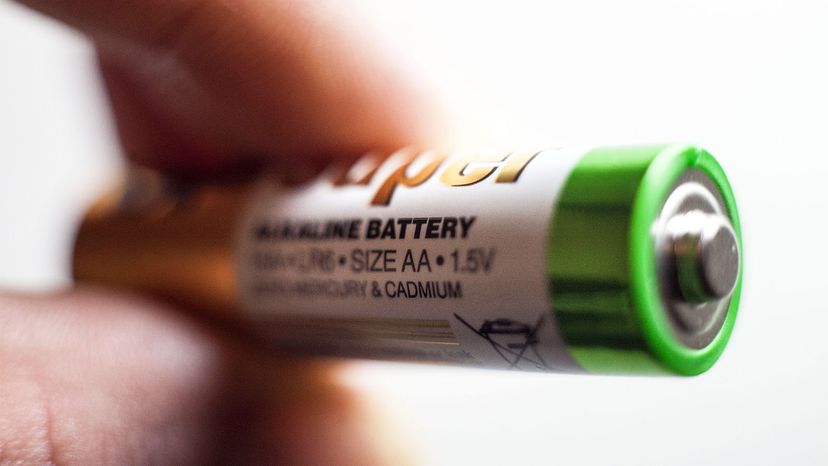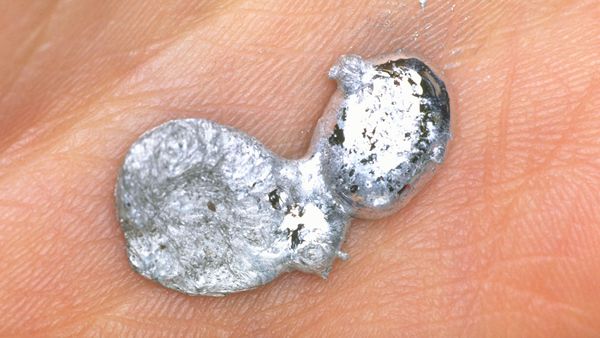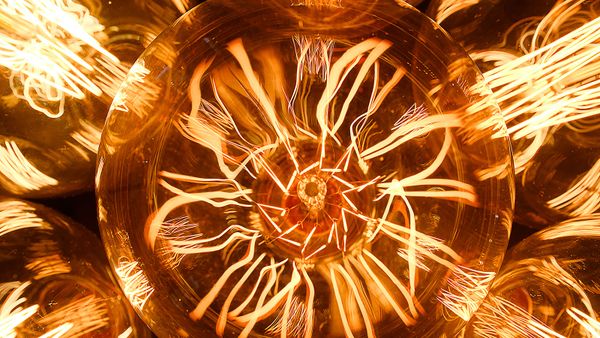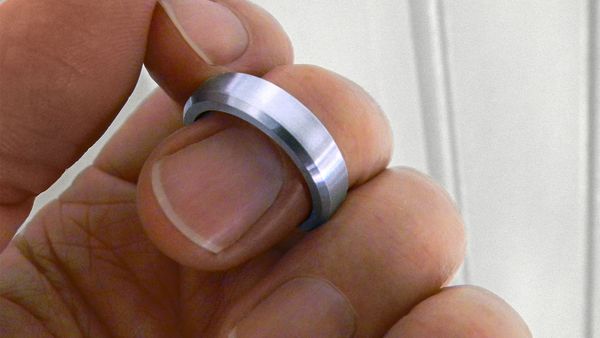Cadmium is released into the atmosphere in two main ways: through natural events like the weathering of rocks, forest fires or volcanoes; or human activity like mining and manufacturing. "Cadmium exposure predominantly takes place in areas where cadmium-containing products are produced or recycled, such as zinc mining, cadmium coating of steels, nickel-cadmium battery production, and others. That happens by inhaling dust and fumes emanating during processes, such as smelting," explains Jaber.
Both natural and manufacturing processes are responsible for more than 10,000 tons (9,072 metric tons) of cadmium into the environment, where it can seep into water supplies and soil used to grow crops, ultimately ending up on your plate, which is how most of the general non-smoking population come into contact with toxic cadmium. Smokers can also add cadmium to the list of ways they harm themselves with each puff, as Cd is known to exist in high levels in tobacco plant leaves.
"Cadmium is highly toxic to humans. It has been found that exposure to cadmium may lead to cancer, and it can affect the body's systems, including the respiratory, cardiovascular, gastrointestinal, reproductive, renal, and neurological systems," says Jaber. "Lung damage, bone toxicity, and the itai itai disease are only a handful of examples of cadmium toxicity." You might be eating, drinking or inhaling cadmium without ever knowing it.
